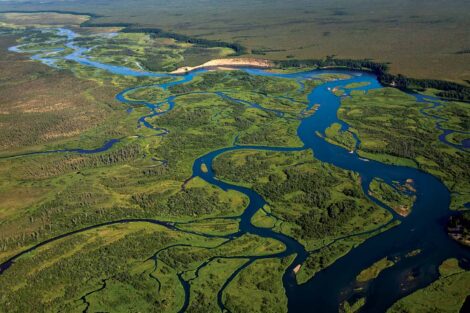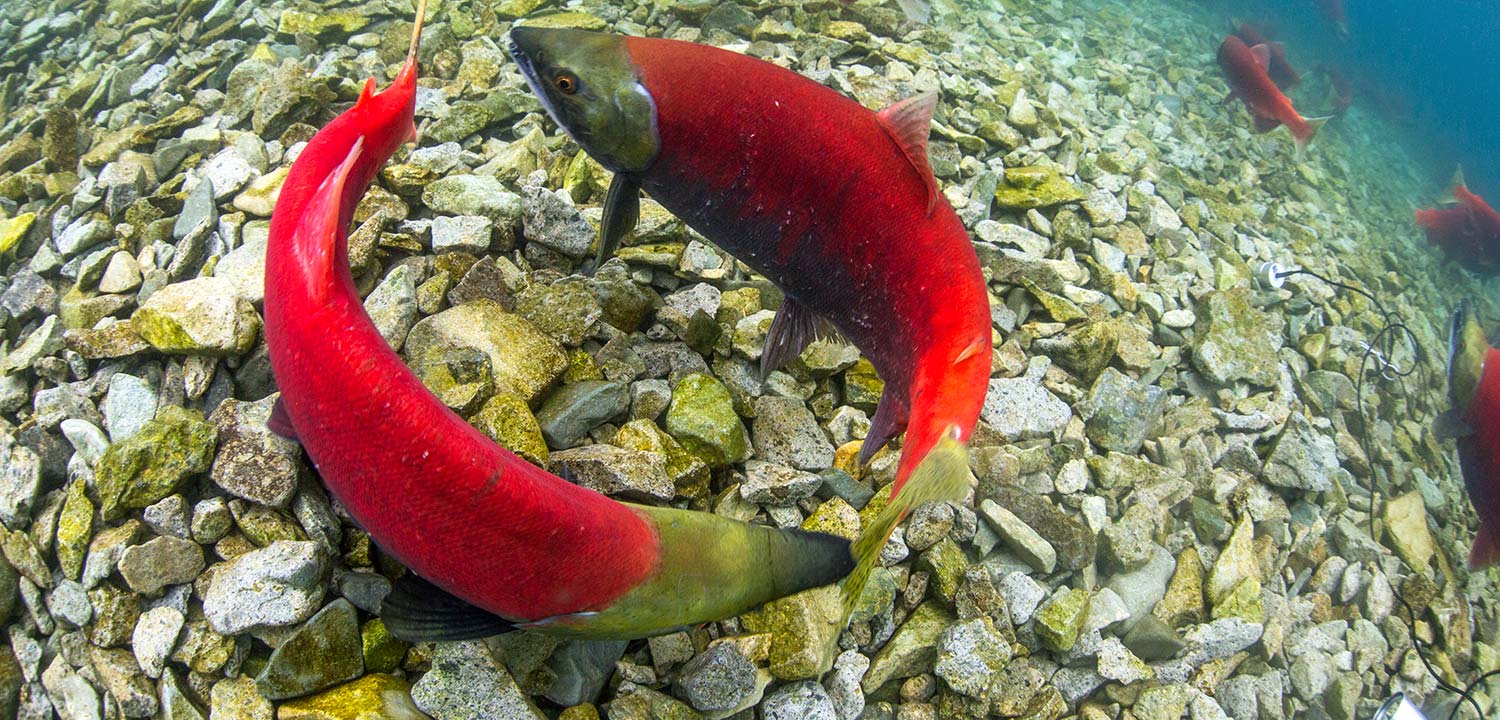Large-scale mine near headwaters of world-class salmon fishery could wipe out 90 miles of streams.

In a revised watershed assessment released April 26, the EPA claimed a large-scale mine near the headwaters of a world-class salmon fishery in Alaska could wipe out as many as 90 miles of streams and alter stream flows, based on the scenarios evaluated.
Preliminary plans for the Pebble Mine reveal it would be one of the largest mines in the world—covering up to 28 square miles. Due to the nature of the ore, the Pebble development is very likely to produce acid mine drainage which may lead to chronic contamination of surface and ground waters and endanger sensitive salmon spawning and rearing habitat. Even more threatening is the likelihood of a tailings dam failure triggered by the region’s seismic activity and extreme weather conditions; an event that would have catastrophic impacts on the highly productive Bristol Bay fishery (find out more about the potential impacts of large-scale mining in our report produced in partnership with TU).

A coalition of Alaska Native tribes and corporations, sportsmen, commercial fishermen and others have asked the Environmental Protection Agency (EPA) to protect Bristol Bay by withdrawing the Kvichak and Nushagak watersheds as disposal sites for dredge and fill activities under Section 404(c) of the Clean Water Act. In May of 2012, the EPA released a Draft Bristol Bay Watershed Assessment, concluding that large-scale mining would irreparably harm Bristol Bay’s wild salmon populations. According to the EPA, even under a “no failure scenario”—one that the EPA itself says is unrealistic—mining activities would adversely impact salmon due to extensive habitat loss and modification.

Initial public hearings last summer resulted in overwhelming support for the Assessment with widespread approval throughout the Bristol Bay region (98% of testimonies in favor). The EPA established an independent peer review panel to assess the scientific and technical merits of the draft assessment and plans to incorporate the findings into their final Watershed Assessment.
